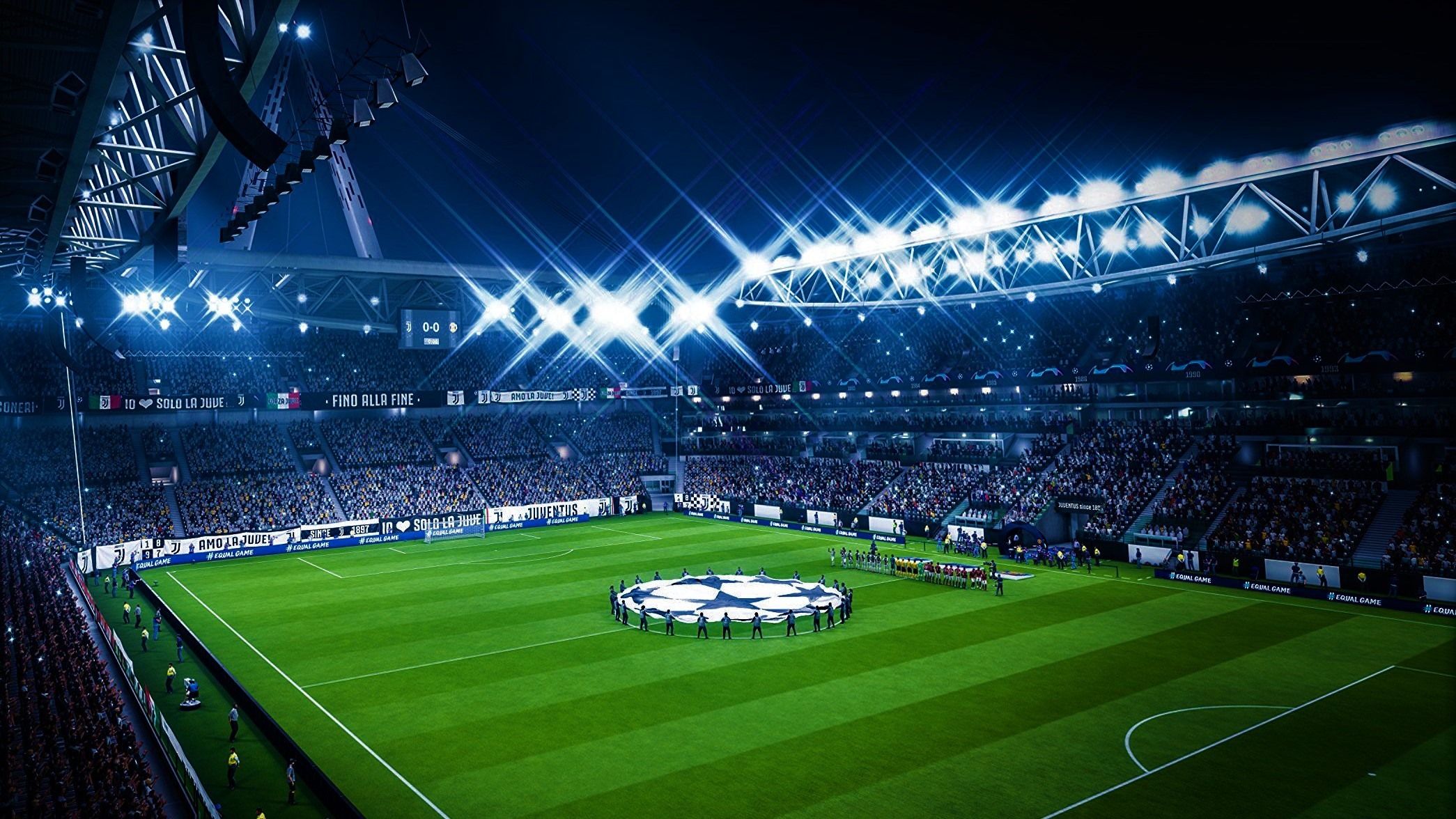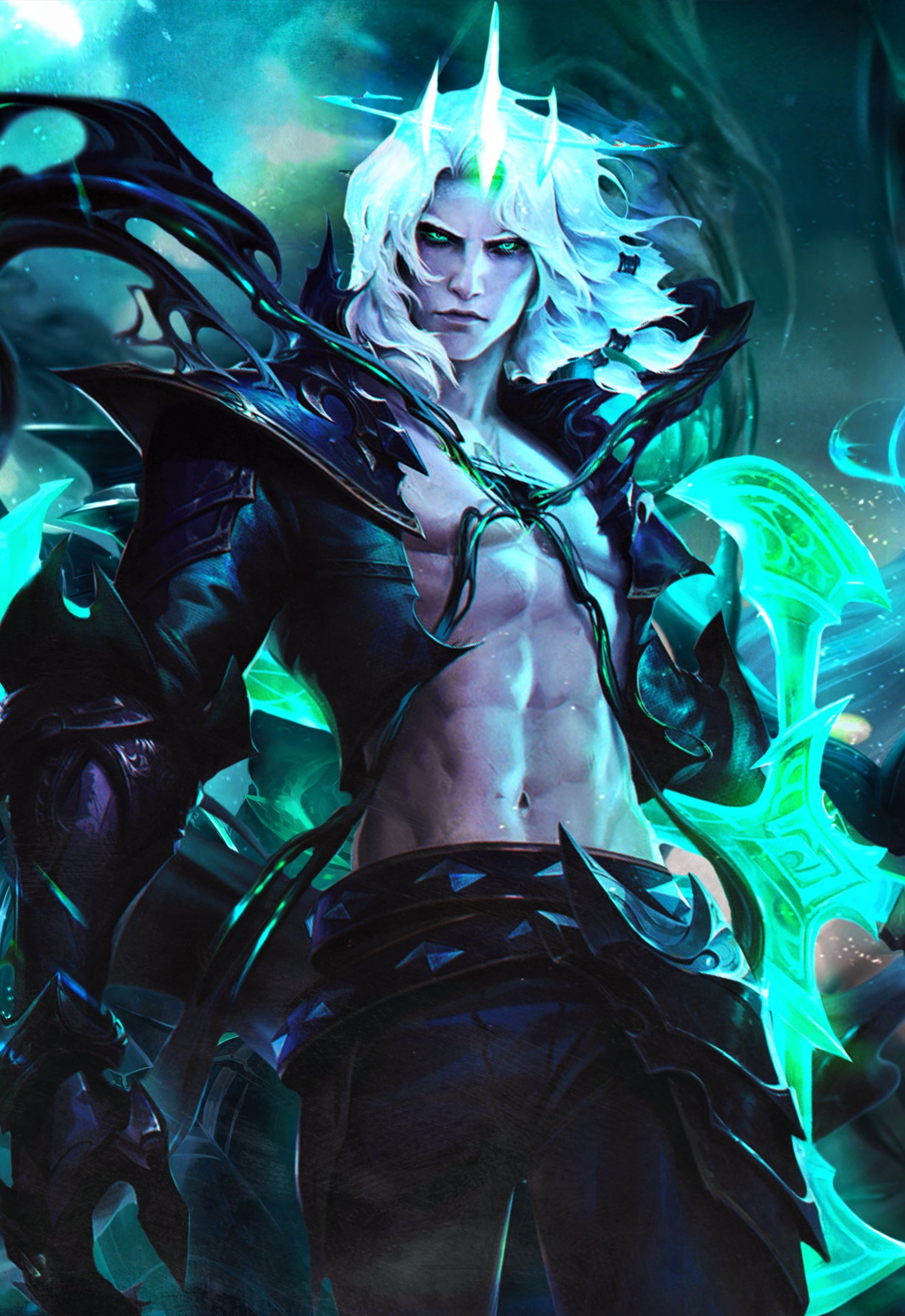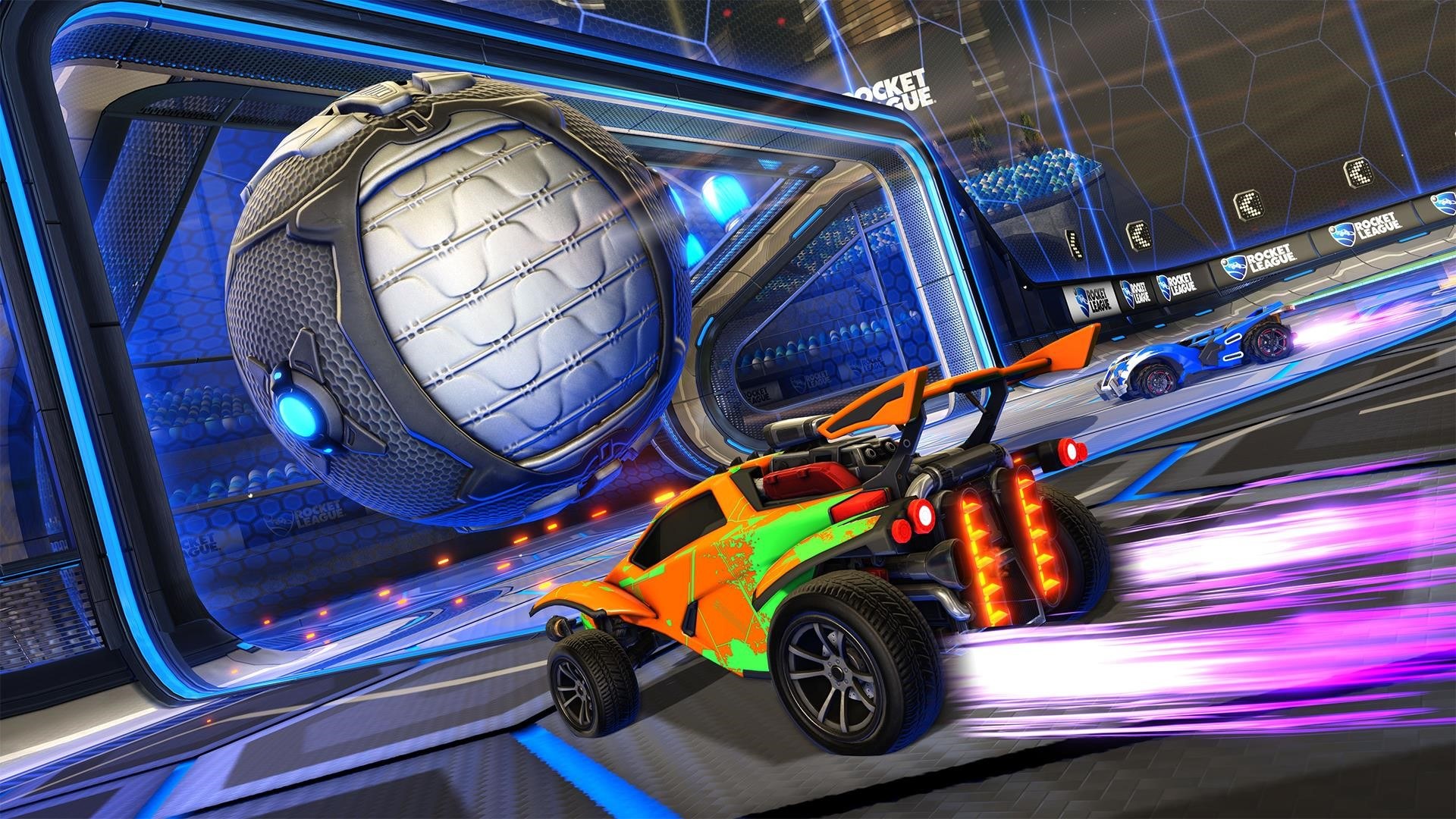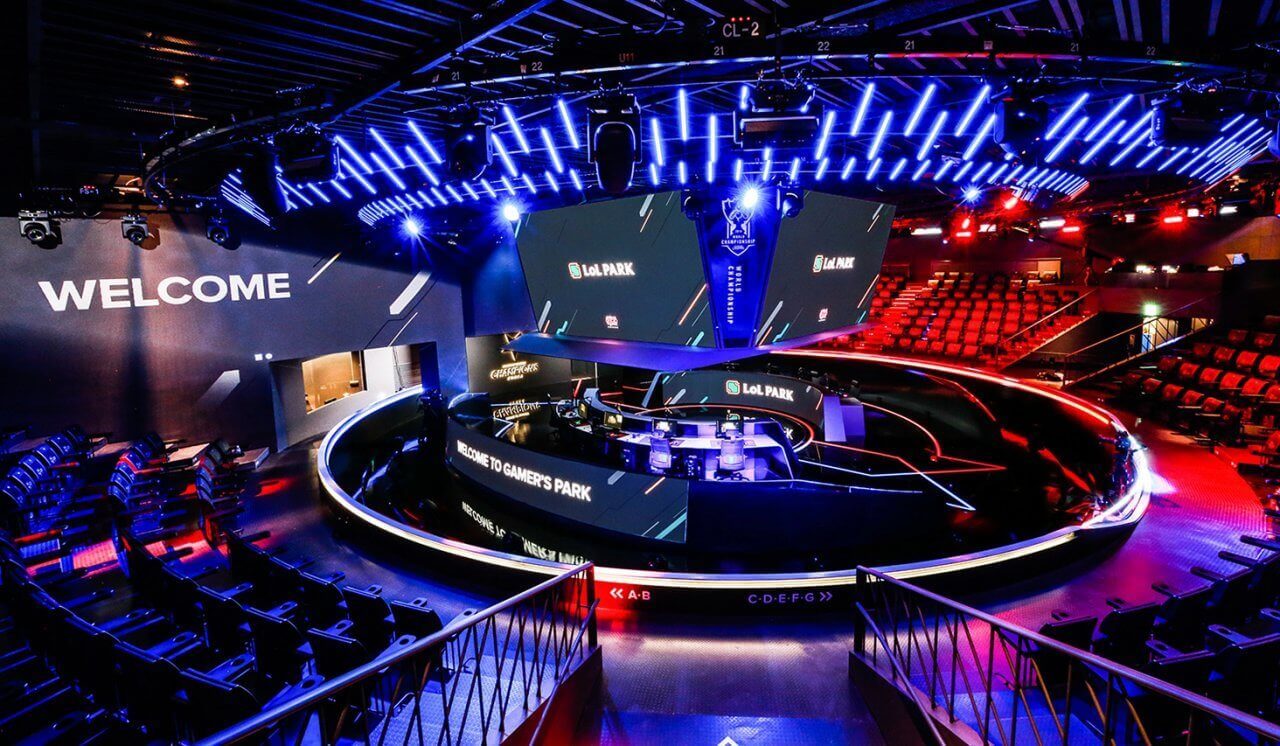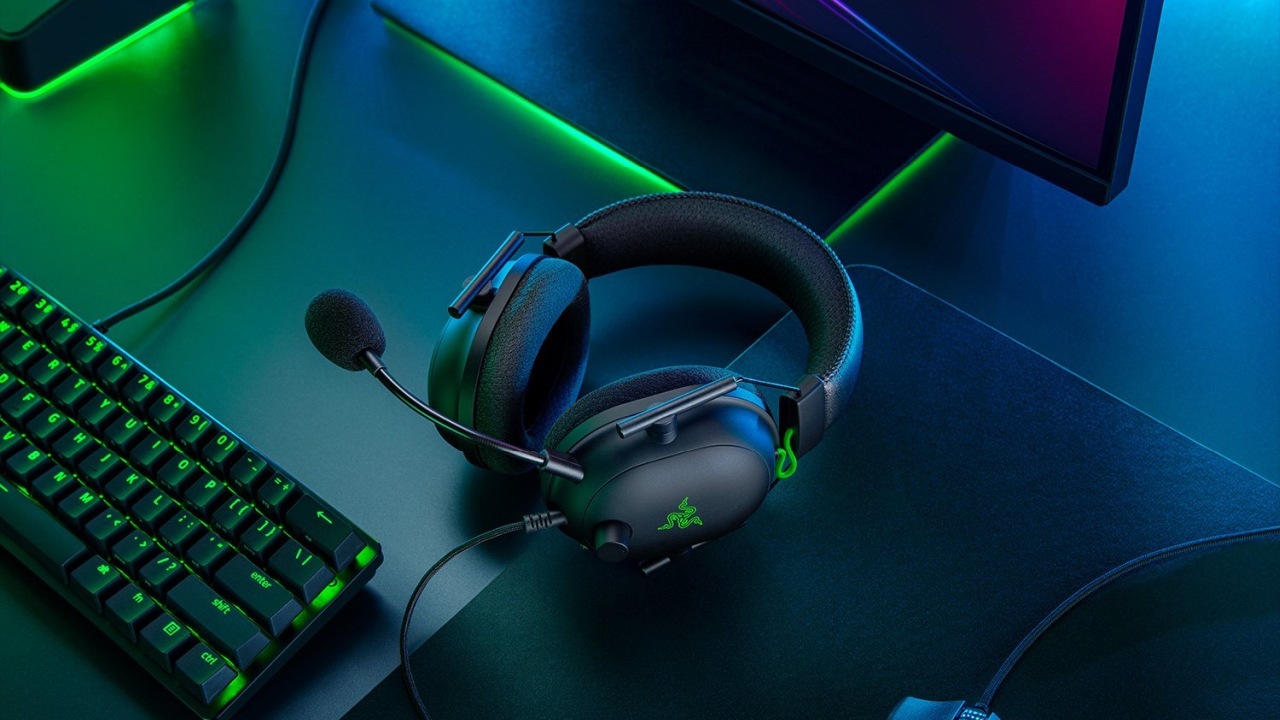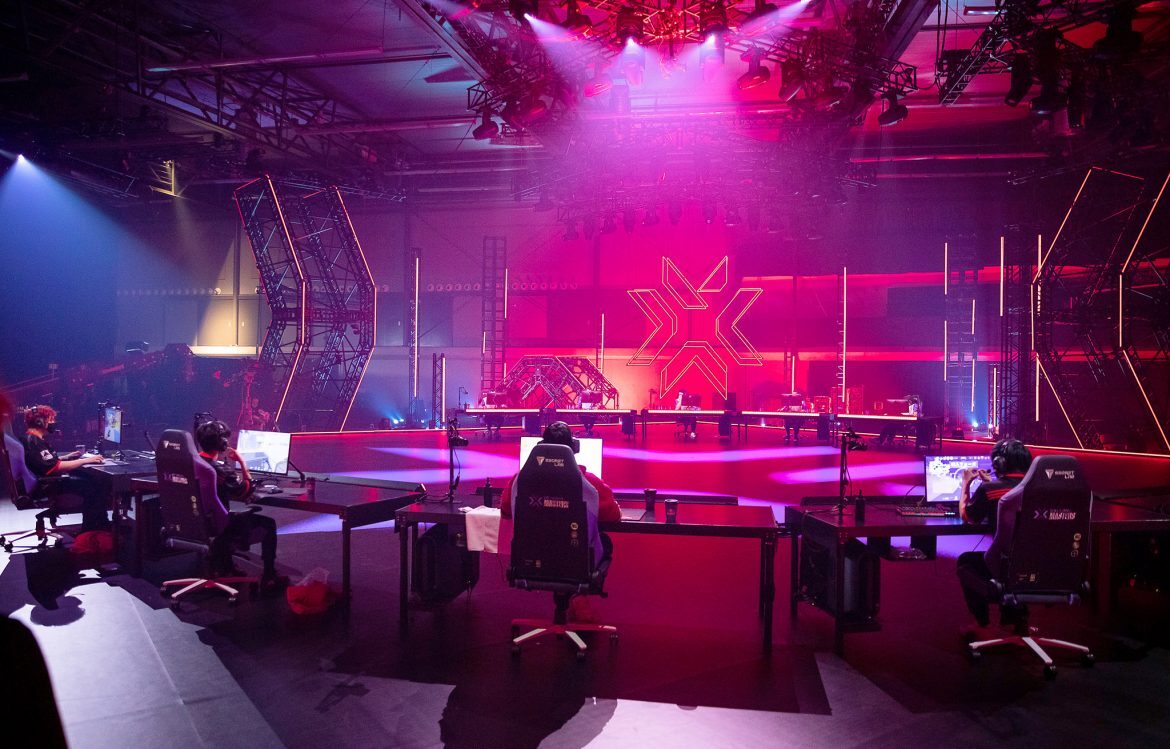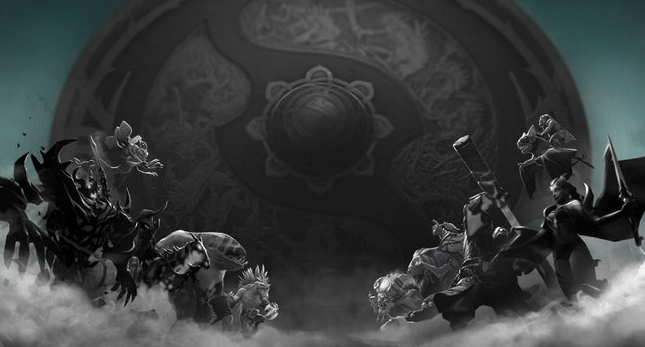
Today we take a look at how the Dota Pro Circuit works.
We talk a lot about the Dota Pro Circuit, but what is it exactly? Look no further as all your questions regarding the matter will be answered, hopefully.
Inception
The Dota Pro Circuit was first introduced in the 2017-2018 season. Why you might ask? Well for transparency’s sake. Before the DPC came to life, Valve used their own methods and chose which team will get a direct invitation to The International. This caused a lot of discussions and generally was looked down upon by the community as many mentioned “favouritism” towards North American teams. The number of slots per region was also a popular matter which is actually still not completely resolved today. By adding a competitive system that rewarded teams with a certain amount of points it brought more clarity to who’s in the lead, so invites were no longer a mystery.
It’s important to note here that initially, it was the players who received points and not the teams, which made roster changes very very impactful in 2017-2018. This was changed in the next season as teams were then the eligible ones.
The most successful of teams were guaranteed a slot in the prestigious event for the year. Additionally, event organizers also had an easier time deciding which squads to invite. Two types of events were distinguished – Minors and Majors. The former being more of a proving ground for new teams, while the latter gathered only the best from each region. Minors offered $300 000, while Majors stood at $1 000 000 or more.
Not all according to plan
The first season with the new system had 22 total tournaments included in it and that meant total chaos. Top teams were also attending every event they could thus making it impossible for any team to climb from Tier 2 into the pro scene. Visas were a constant problem due to the short timeframes between each event. This probably wasn’t Valve’s idea.
In the next season, 2018-2019 and the current 2019-2020 the rules were changed. We saw a drastic change in the number of events from 22 to 10. Five Majors and five Minors. Minors would always take place before the Major and the winner of the Minor will automatically qualify for the Major. This solved the problem with multiple teams attending the same Dota 2 tournament, but viewership of Minor events dropped to an all-time low compared to the 2017-2018 season.
Current times and onward
Right now Minor events still precede each Major and the prize pools are very much unchanged. The oversaturation around them and the drought which follows could prove problematic as it’s tiring not only for the players but also for the viewers. Then again there’s also the visa issues for many teams.
All of this might soon change as Valve are reportedly planning a rework of the whole system for the next season. According to leaks, Minor events will be completely eliminated and replaced by regional pro leagues. This will not only solve the oversaturation of having too much Dota 2 but potentially the visa problems that many teams experienced. The number of Major tournaments is also expected to drop from 5 to 3, making those events even more impactful.
Dota 2 has seen a substantial drop in player numbers in the last few months, hitting an all-time low that hasn’t been seen in years and perhaps Valve are finally ready to make some changes.








